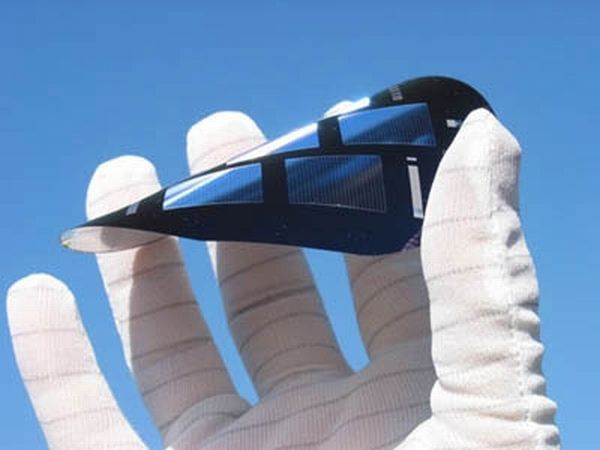While we advocate the many benefits of solar energy to offset dependence on conventional fuel sources, it’s a fact that solar cells are expensive because of the materials used to create them. Also these cells don’t yield as much energy as they could owing to inefficient collection methods. All this seems set for a change if we believe the statements of a group of scientists from Rice University. According to a report published in Nature Reports, single walled nanotube arrays, developed using a unique process, invented at the university, could see the cost of solar cells decrease as well as enhance their efficiency.

The nanotube arrays, used instead of platinum, which is a common catalyst in dye solar cells, were combined with sulfide electrolytes synthesized at Beijing’s Tsinghua University. According to Jun Lou, a Rice University materials scientist, DSCs are easier to build than silicon based PVs but aren’t as efficient. What the scientists did was use noncorrosive sulfide electrolytes that absorb only a little visible light together with the carbon nanotubes. The result was a higher power conversion efficiency rate of 5.25 percent. While the figure is lower than the DSC’s record of 11 percent, which was achieved using a platinum electrode and iodine electrolytes, it’s still higher than a control used earlier that combined sulfide electrolytes with a platinum electrode.
Despite their success, the scientists aren’t through. There’s still much to be done and they’re looking to optimize the whole system to get a higher conversion rate. Presently, the new system devised still has a large contact resistance. Once the kinks can be ironed out, solar cells could perhaps become cheaper and more widely available to the public.
The problem of expensive solar cells is one of the main reasons behind its lagging popularity. Couple that with a low power conversion rate and you have a system that speaks of enormous potential but little practical value.
Via: Rice




